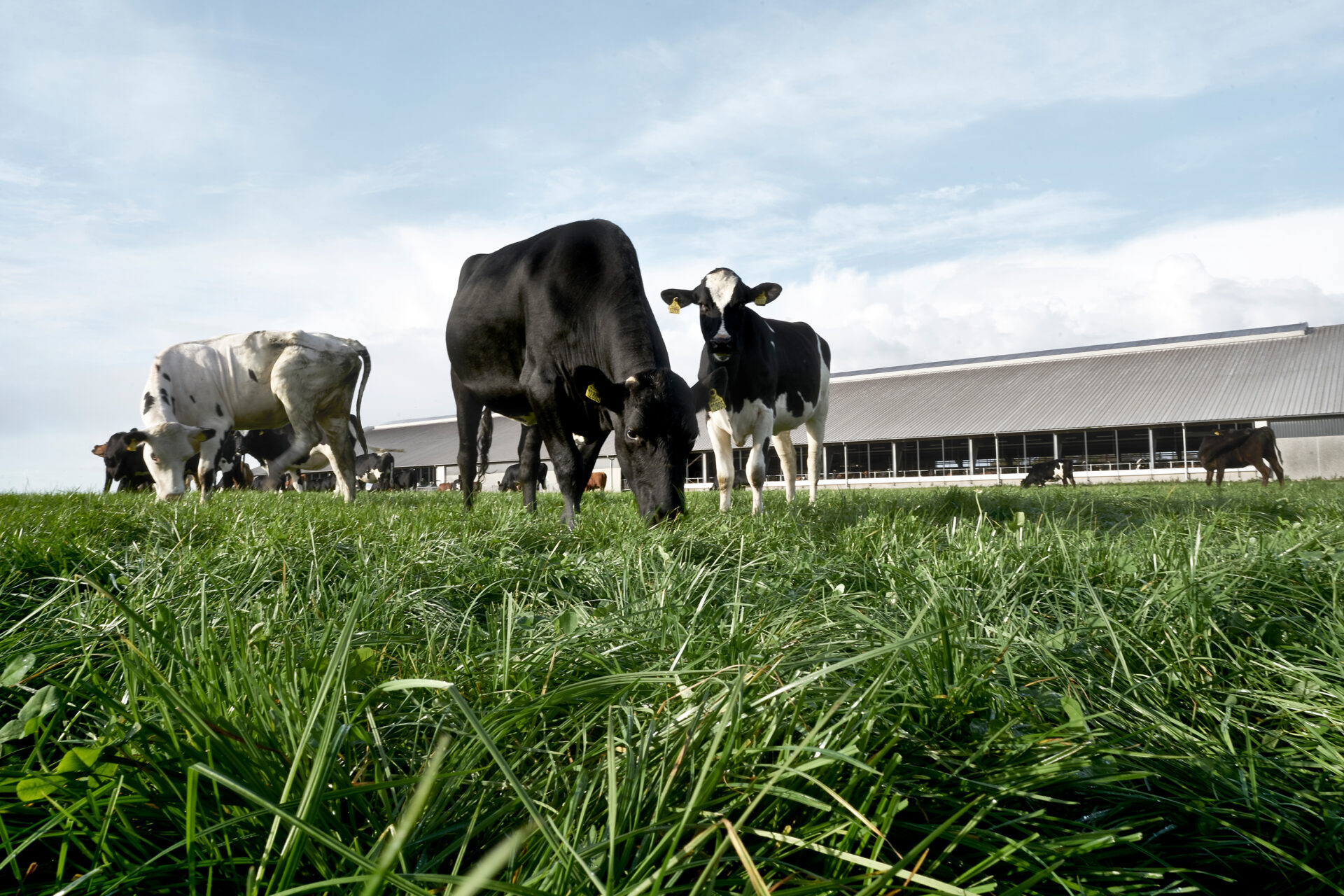
Our collaboration with Arla began in 2011 with a carbon footprint of Arla’s milk production in Denmark and Sweden. This work has since expanded and been updated through several iterations into an advanced dairy LCA model. Arla uses this model for baselines and benchmarks of its sustainability goals, as well as a tool for individual farmers to understand where their emissions originate.
Today, the dairy LCA model powers Arla’s FarmAhead™ Check tool, which enables 7,986 farmers across seven European countries to calculate the exact GHG footprint of 1 kg of raw milk from their specific farm.
The tool accounts for over 200 farm inputs, including cow feed, fertiliser use, cattle breeds, manure treatment technologies such as biogas, and energy and fuel consumption. These inputs are combined in the LCA model to produce a farm-specific carbon footprint of the milk.
We continuously update and maintain the LCA model to improve the level of detail in the background data and models, as well as incorporating the best techniques for mitigating GHG emissions in milk production.
This design offers Arla full transparency and data autonomy.
The FarmAhead™ Check tool allows Arla to monitor the progress of its climate strategy and assist farmers in reducing emissions by spotting the most effective reductions.
81% of Arla’s total corporate emissions come from its farmers,[1] and the LCA tool provides unprecedented data transparency into where the emissions originate and how top-performing farmers can lead the way for others to do the same.
By 2022, 99% of Arla’s owner milk volume had been assessed by the FarmAhead™ Check tool. The tool makes it possible for Arla to create a data driven and personalised action plan for each farmer to reduce their climate footprint even further.
Our model includes new GHG mitigation technologies as they become relevant for the farmers, including manure acidification and nitrification inhibitors.
[1] https://www.arla.com/49b894/globalassets/arla-global/sustainability/climate-ambition/arla-climate-ambitions-2030-and-2050-2023.pdf p. 7
